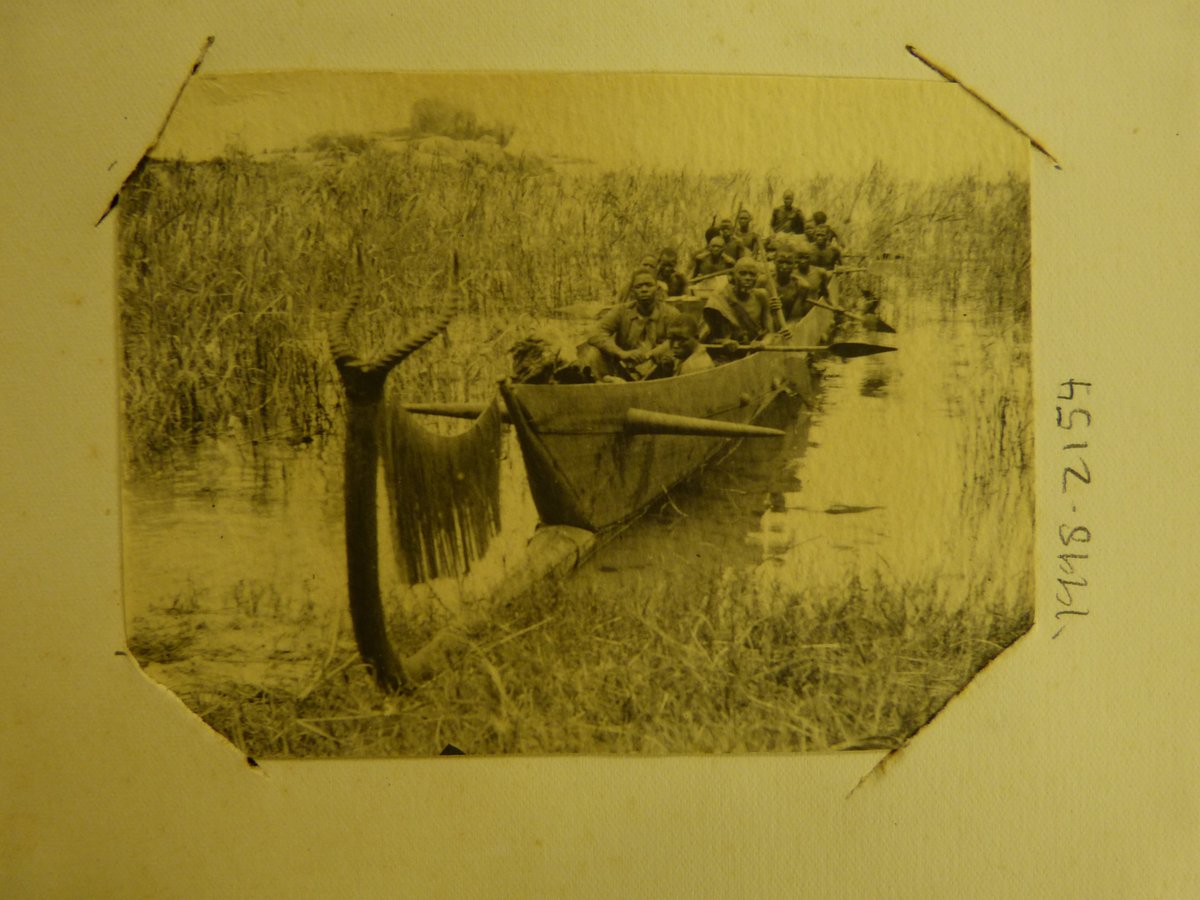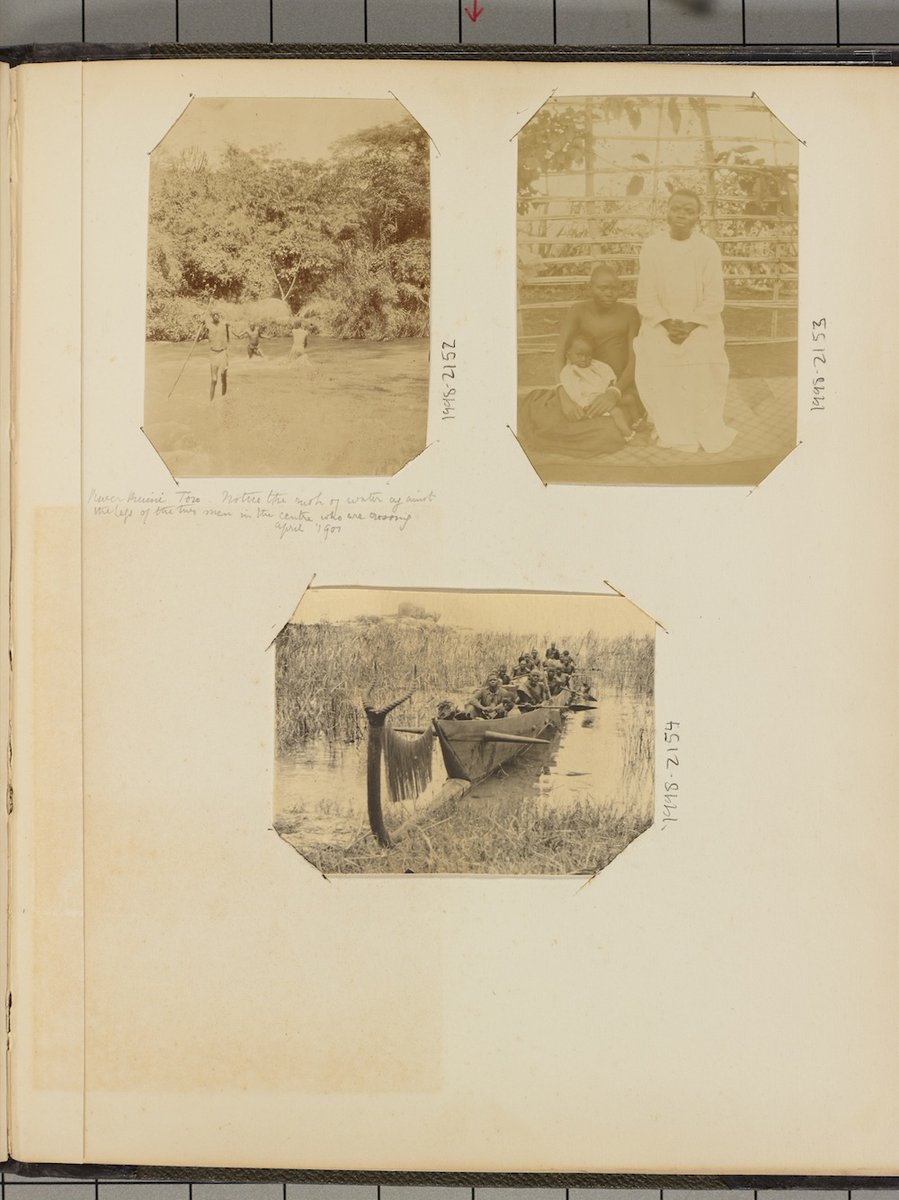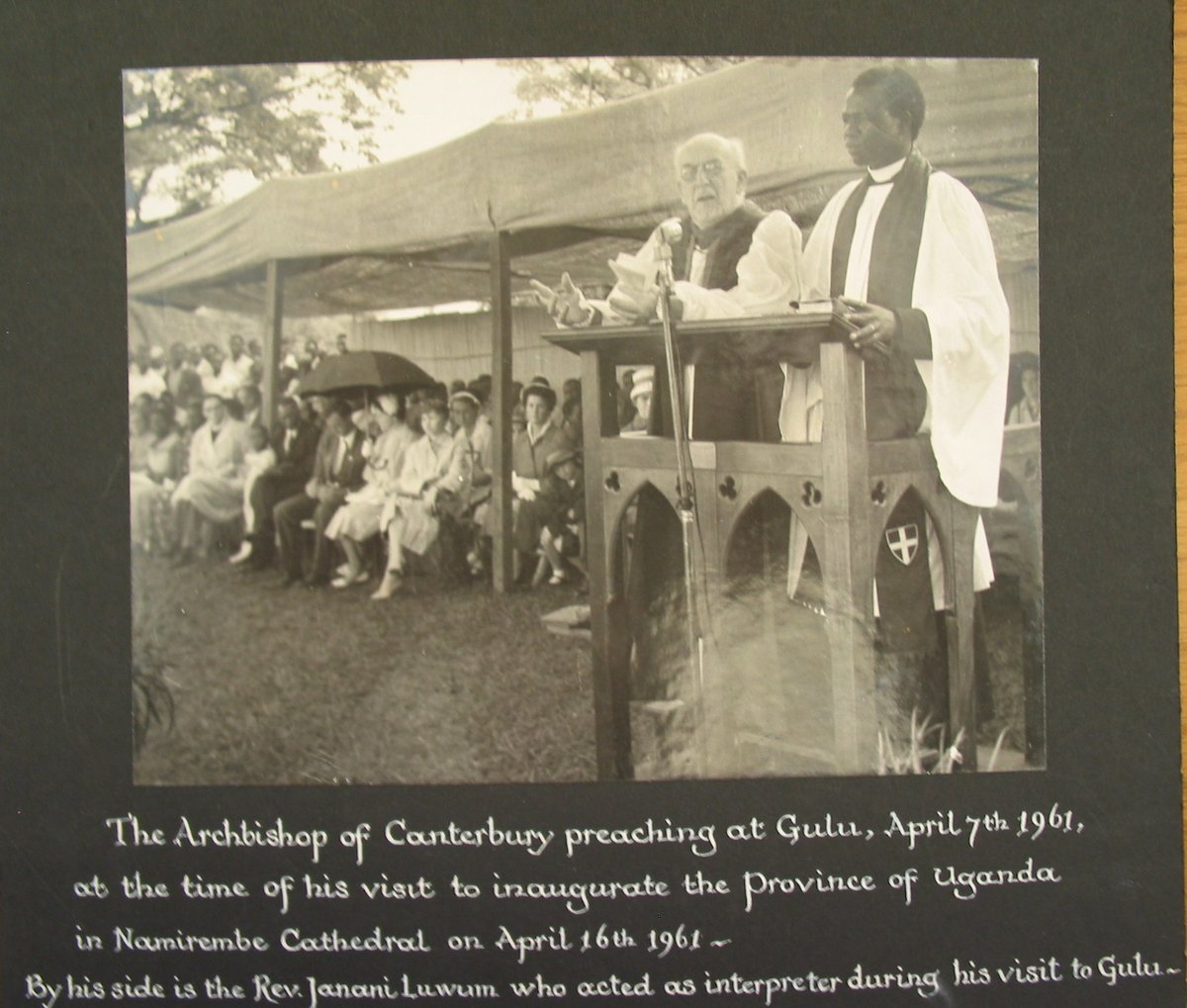
.@UgandaStudies wishes to launch a regular digital forum to allow writers/scholars (aspiring/established) to share & receive supportive feedback. The following are welcome: academic scholarship (including articles, PhD and book chapters, or material from larger projects), 1/4
journalistic writing, audio-visual work, or content from those aspiring to write the next great Ugandan novel. In other words, the initiative is NOT limited to the often marginalizing boundaries of the academy. We especially wish to open this forum for writers in Uganda. 2/4
The only requirement is that one must have around 30-minutes of material to present. If you are interested, please DM me, or any of the following @muhoozi @moseskhisa @Mwine_Kyarimpa @GeraldBareebe @KKrystal @kbrucelockhart. 3/4
• • •
Missing some Tweet in this thread? You can try to
force a refresh
















